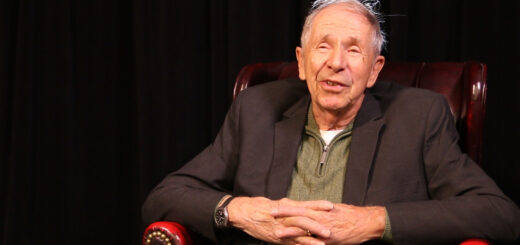Equity v. equality: The power of an equity approach to enhance education for all kids
One inescapable and disturbing fact about our education system is that children from wealthy families who start school will end up near the top of the academic ladder as high school seniors, while kids who are from lower incomes will end up towards the bottom of that ladder. The implications of this stratification of our society are profound and unhealthy.
I spoke recently with Wenatchee native Erich Bolz, who spent 27 years as a teacher, administrator and now is doing critical research at the Center for Educational Effectiveness about how we should be rethinking our approach education. He’s the son of retired educators Dennis and Joycelyn Bolz.
Bolz is working former North Central Educational Service District Superintendent Dr. Gene Sharratt on a groundbreaking study funded by the Bill and Melinda Gates Foundation to identify schools that are making consistent progress in enhancing the learning for people of color and those in poverty.
“Every system is designed to get the results it gets,” Bolz said, quoting W. Edwards Deming. That profound statement challenges the prevailing wisdom that systems don’t matter, and that individual effort is the only meaningful reason why some kids succeed and others don’t.
Our current educational system consistently reinforces the disparities between the haves and the have-nots of our society, and this reality presents us with a huge challenge and an opportunity.
Do we really want our society to merely reinforce existing wealth and well-being disparities? Doesn’t the American Dream rely upon creating opportunities for all rather than a few?
Bolz believes our best course of action is shifting to an equity-based approach to education. That is to say that rather than applying roughly the same resources to every child (via the principle of equality), we should be investing more resources in kids who need more assistance (equity).
Those who argue for equality of investment in kids tend to view the issue from a zero-sum framework. But what Bolz is finding through the research is that equity-based education enhances the educational outcomes for all kids in a classroom. For example, higher-performing kids are called upon to help other kids in the class and those experiences enhance their learning.
Schools focusing on equity are seeing significant growth in the sustained academic performance of kids who are Native American, Latino, African American and from families in poverty.
What they are finding through research is that in schools with an equity focus, there exists a strong esprit de corps among the staff and a commitment to the growth of all students.
Looking at a school from a lens of equity means becoming aware of things like extracurricular activities and who’s taking advantage of them.
The equity approach begins with the perspective that all kids are capable of learning and have unique gifts and talents. Restructuring schools to give help to those who most need it seems to me to be an essential approach to building a stronger community and society.
Bolz frames the issue in the following questions: “Don’t we want more people to thrive in this community? Don’t we want more people to be successful? And don’t we want to do the work to open more doors for more people?”
These same structural issues that are leading to outcomes based on affluence are affecting all aspects of our society.
“You can’t fix education without fixing policing, without fixing criminal justice, without fixing early childhood, without fixing family support, without fixing health care,” Bolz said, adding that “trying to work on one when all of our systems are underpinned on inequity really doesn’t allow you to do that. I think the holistic work is desperately needed in our country.”
I plan to continue writing about this equity initiative and highlight schools in our area that are making a positive difference in boosting the performance of kids who would otherwise be left behind.


